COSY CALF JACKET
Research shows that valuable energy consumed by a calf can be lost through environmental factors.
When temperatures fall below 15 Deg C, energy will be used by the calves to keep warm leading to cold stress. New born calves have only 3% body fat which leaves them heavily dependent on nutritional energy sources for heat production.
This means if producers do not offer calves more feed (energy), the feed consumed will be used to keep warm instead of used for growth. Calves not fed enough in cold conditions will not grow and will most likely start losing weight. The Cosy Calf Jacket maintains the animals body temperature regardless of fluctuating temperatures.
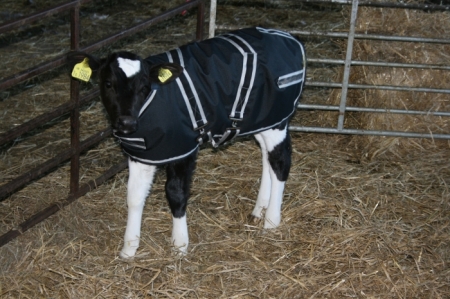
FOOTBATH:
We have been stocking the Paxton footbath for some time and farmer response has been very positive. Unlike traditional footbaths with grooves and rough corners the PAXTON footbath has a smooth floor with dimples for extra grip. The flat bottom reduces the nervousness of the animal as she doesn’t step on a hard groove particularly when she is lame and increasing her discomfort. The PAXTON footbaths are available in two sizes. See in store for further details.
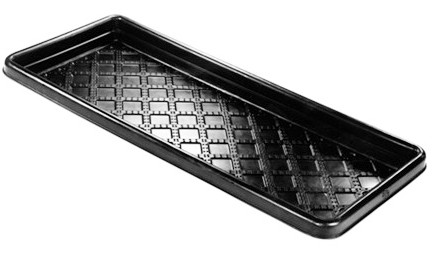
FOOTBATH SOLUTION
We are having great success with our footbath solution in particular with cases of digital dermatitis. Obviously as we move to grass this will again be a major issue. Please don’t hesitate to contact us if this is relevant to your herd.
WORMS, FLUKE & LICE
As many cows have been housed for more than 5 weeks, all fluke will be at adult stage and easier to control before cows go to grass. Tramazole has a short milk withdrawal of just 60 hours and also covers worms. We now have a 1LT pack of Tramazole free with every 5LT pack purchased.
Dectospot has no milk withdrawal and covers all biting and sucking lice which may become a problem during housing.
ACIDKLENE is now available at The Farm Store. This is a non-chlorine cleaner which is now being requested by all milk producers due to TCMs being recorded in the milk.
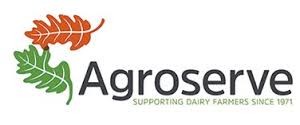
WHICH MILK REPLACER SHOULD I USE?
Many farmers are back feeding milk replacer for the first time since the introduction of milk quotas. There is a lot of confusion between brands, protein, oil content, fibre, skim and whey. Higher protein leads to higher growth rates which are ideal for the replacement heifers. These milk replacers tend to have lower oil content to encourage concentration intake while the calf is still on milk. Lower protein powder is more suitable for beef animals and tends to have higher oil content and therefore more energy.
In a healthy situation there is no growth advantage between skim and whey, however when a calf’s immunity is challenged skim powder has the advantage because it forms a clot in the abomasum and breaks down over a longer period reducing the incidence of scour.
Whet breaks down much faster so where there is a veterinary challenge on farm such as crypto for example, skim based powder should be used.
ONCE OR TWICE A DAY?
Animal Health Ireland do not recommend any calf under the age of 4 weeks being fed once a day. From that point on almost any milk powder can be fed once a day. What is required when changing from once to twice a day is to increase the concentration of powder to 20% giving 600gm of powder with 2.4lt of milk. We would recommend a skim based powder for once a day feeding.
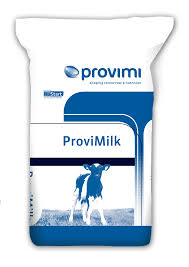

Fibre % indicates the level of vegetable protein in the powder. Virtually all milk replacers contain veg protein which contributes to amino acid development such as lysine and muscle definition. Soya protein has a high % of fibre compared to hydrolysed wheat gluten which has almost zero fibre concentration.
Milk powders that contain NUSTART have high levels of PROBIOTICS. This is where good bacteria are introduced into the abomasum with the milk. NUSTART also contains probiotics which feed the gut flora while adding antiviral properties and essential oils.
CALFHAGE will be familiar to most at this stage and is an excellent rumen developer for calves.Calfhage should be introduced as soon as 4 days old and fresh water should be available. Calf muesli and calf nuts also in stock
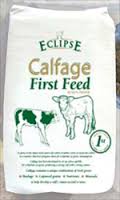
SEED BARLEY
PLANET is the highest yielding barley on the 2017 department list at 105, however it rates poorly for straw which should be addressed during the growing season. Seed for this variety is limited so book early.
Orders for all other varieties of barley, wheat and oats noe being taken



